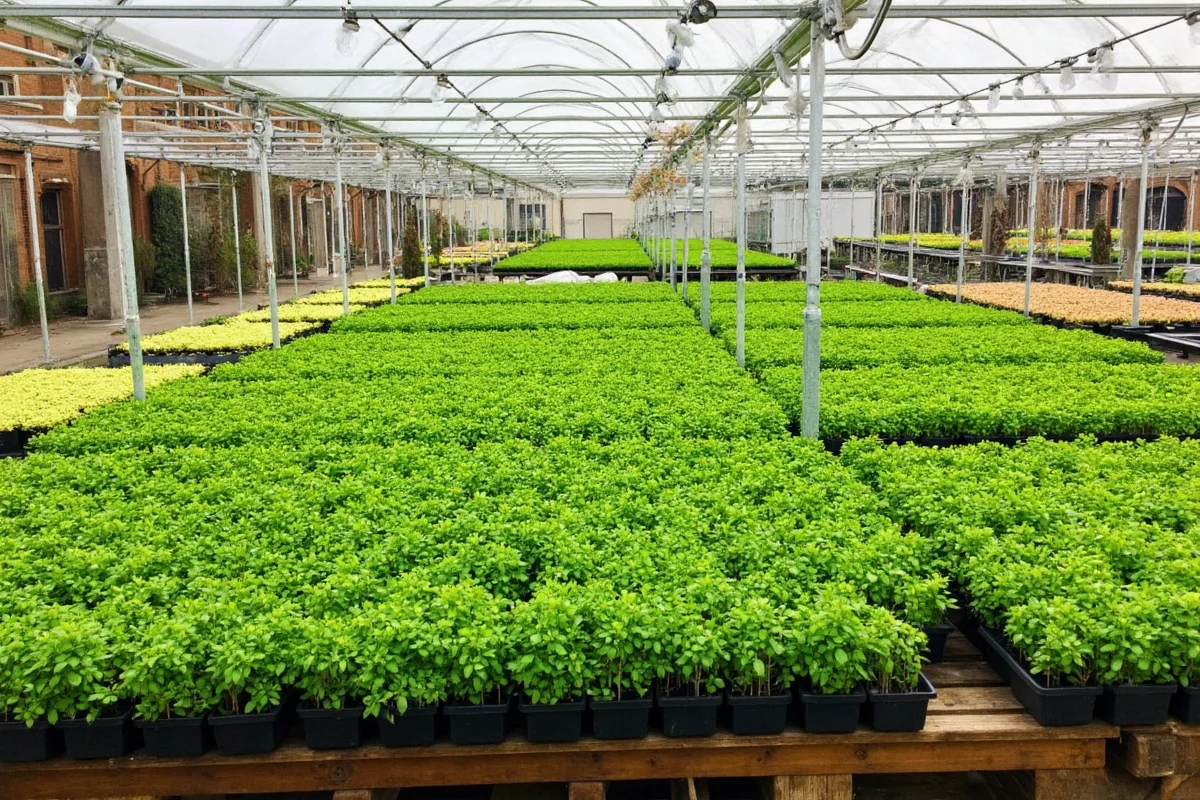Welcome to the intriguing world of sempervivum cobweb succulents, beloved for their distinctive appearance and resilient nature. These adaptable plants, often referred to as "hen and chicks," offer gardeners a low-maintenance but visually appealing addition to both indoor and outdoor spaces. In this guide, we will explore how to grow and care for sempervivum cobweb succulents, ensuring you have all the information necessary to cultivate these fascinating plants successfully.
Understanding Sempervivum Cobweb Succulents
Sempervivum cobweb succulents, part of the Crassulaceae family, are renowned for their rosette formations and the unique, spider web-like threads that encase their leaves. This cobweb-like appearance is due to fine hairs covering the leaves, which also serve as a protective measure against pests and harsh weather conditions. These hardy plants are ideal for rock gardens, pots, and as ground cover, thriving in various environments.
- Origin: Sempervivum cobweb succulents are native to mountainous regions of southern Europe.
- Appearance: They typically form tight rosettes with leaves ranging in color from green to red and purple.
- Growth: They are perennial plants, meaning they regrow each year after dormancy.
Their adaptability to different climates and impressive drought tolerance make them ideal for gardeners seeking a robust, decorative addition to their plant collection.
Soil and Planting Requirements
To ensure your sempervivum cobweb succulents thrive, it's crucial to understand their soil and planting needs. These plants prefer a well-draining soil mix, mimicking their native rocky environments. A mixture of cactus potting soil and coarse sand or perlite is optimal for drainage and preventing root rot.
- Container Recommendations: Choose containers with drainage holes to prevent water accumulation.
- Soil Preparation: Amend the soil with organic matter for nutrient enrichment.
- Planting Depth: Plant at a depth ensuring the rosettes sit just above the soil line.
Planting them in raised beds or rock gardens can enhance drainage, while adding grit or pebbles to the top layer of soil can help maintain moisture while preventing weeds.
Light and Temperature Needs
Sempervivum cobweb succulents are sun-loving plants that require bright, indirect light to flourish. In their native habitats, they endure full sun exposure; thus, gardeners should replicate this environment as closely as possible.
- Sun Exposure: Aim for 6-8 hours of sunlight per day for optimal growth.
- Temperature Range: They generally flourish in temperatures ranging from 65°F to 80°F (18°C to 27°C).
- Protection: Shield from extreme heat by providing some afternoon shade in particularly hot climates.
While adaptable to cooler temperatures, sempervivum should be protected from frost by placing them in sheltered locations or moving mobile containers indoors during extreme cold periods.
Watering and Care Practices
One of the most appealing aspects of caring for sempervivum cobweb succulents is their minimal watering requirements. These plants store water in their leaves, allowing them to withstand dry periods effortlessly.
- Watering Frequency: Water only when the topsoil is completely dry to avoid overwatering.
- Rainfall Consideration: Monitor natural rainfall; if sufficient, additional watering may not be needed.
- Fertilization: Generally, these succulents do not require routine fertilization but benefit from a light feeding of balanced fertilizer in spring.
Maintain good air circulation around the plants and gently remove any debris or dead leaves to prevent mold and pests, ensuring a healthy growth environment.
Pest Control and Common Issues
Though sempervivum cobweb succulents are relatively pest-free, they can occasionally fall prey to common succulent problems such as aphids and fungal diseases.
- Pest Types: Monitor for signs of aphids, mealybugs, or vine weevils.
- Prevention: Ensure the plants are not overcrowded and receive ample sunlight and air.
- Treatment Options: Use organic insecticidal soap or neem oil to combat pest infestations.
Fungal issues often arise from excessive moisture; therefore, ensuring proper drainage and removing affected plant parts promptly can prevent widescale issues within the garden.
In conclusion, growing sempervivum cobweb succulents offers an enriching gardening experience with minimal care requirements and maximum aesthetic impact. Whether you are an experienced gardener or a novice, these resilient plants stand as testament to nature's incredible design, adding a touch of intrigue and beauty to any space they grace.











 浙公网安备
33010002000092号
浙公网安备
33010002000092号 浙B2-20120091-4
浙B2-20120091-4